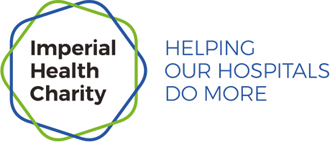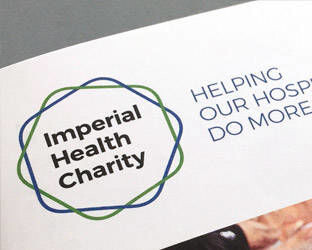State-of-the-art laser machine to help surgeons treat patients with kidney stones
State-of-the-art laser machine to help surgeons treat patients with kidney stones
20 October 2022

Staff in the Urology department at Charing Cross Hospital will be able to break down patients’ kidney stones using a state-of-the-art laser machine.
The powerful new equipment will reduce the size of a patient’s stones so they can be easily removed through the bladder without incision.
Using the machine will reduce the number of times patients need to visit hospital for treatment as well as improving efficiency in theatre.
The device is also more mobile than other theatre equipment and doesn’t require a special laser socket, making it much easier for staff to use.
"This new machine will reduce kidney stones to a fine dust and make it easier for us to remove them. It will have a huge impact on a patient's quality of life."
Tamer El-Husseiny, Consultant Urological Surgeon
Tamer El-Husseiny, a Consultant Urological Surgeon at Charing Cross, said he expects as many as 400 patients to benefit from treatments using the machine every year.
“Many patients with kidney stones experience pain, urine infections and are at greater risk of renal failure,” he said.
“Previously they may have had to come in on multiple occasions for surgery if they had large stones that couldn’t be broken down easily.
“But this new laser machine will help us reduce the stones to a fine dust and make it easier for us to remove them. It will have a huge impact on a patient’s quality of life.”
Doctors at Charing Cross will begin using the cutting-edge Thulium Fibre Laser machine later this autumn. It will be one of only a handful of NHS hospitals to offer the advanced treatment, which has the potential to improve patient care significantly.
As well as reducing kidney stones, the technology can also be used to treat patients with enlarged prostates and certain types of life-threatening cancer that affect the kidneys.
The purchase of the machine was made possible thanks to funding from The Helen Hamlyn Trust and The Robert Gavron Charitable Trust. We are extremely grateful to both organisations for their generous support.


